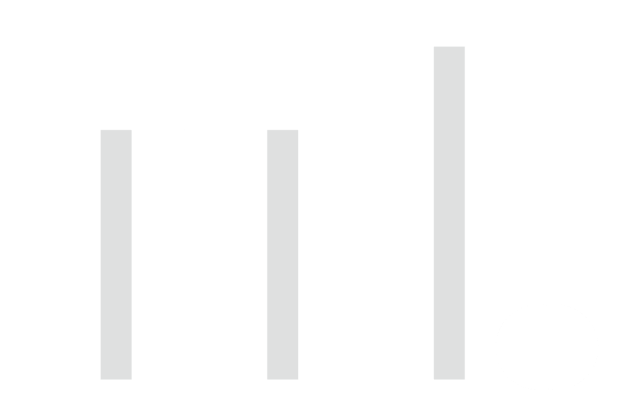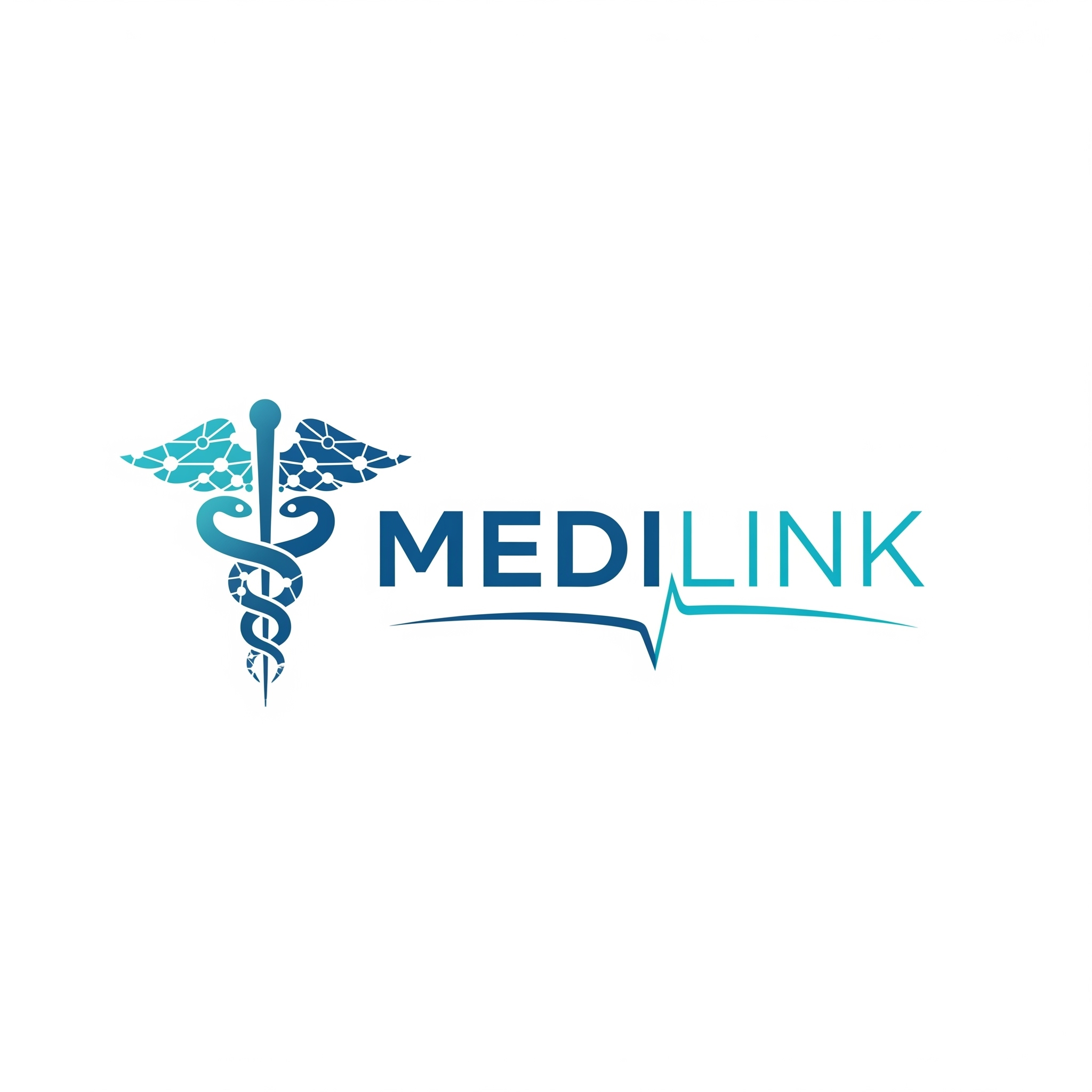Back
Tushar Aher Patil
Trying to do better • 1y
Day 5 About Basic Finance and Accounting Concepts Here's Some New Concepts An asset is anything that an individual, company, or government owns that holds value and can generate future benefits. Assets are essential components in financial accounting and analysis, as they represent resources that can help an entity achieve its goals. They are generally classified into several categories based on their nature and liquidity (how quickly they can be converted into cash). Types of Assets 1. Current Assets Assets that are expected to be converted into cash or used up within a year. Examples: cash, cash equivalents (like treasury bills), accounts receivable (money owed by customers), inventory (goods for sale), and short-term investments. 2. Non-Current Assets (Fixed Assets) Long-term assets used for more than one year, often for business operations. Examples: property, plant, and equipment (like buildings and machinery), land, and long-term investments.
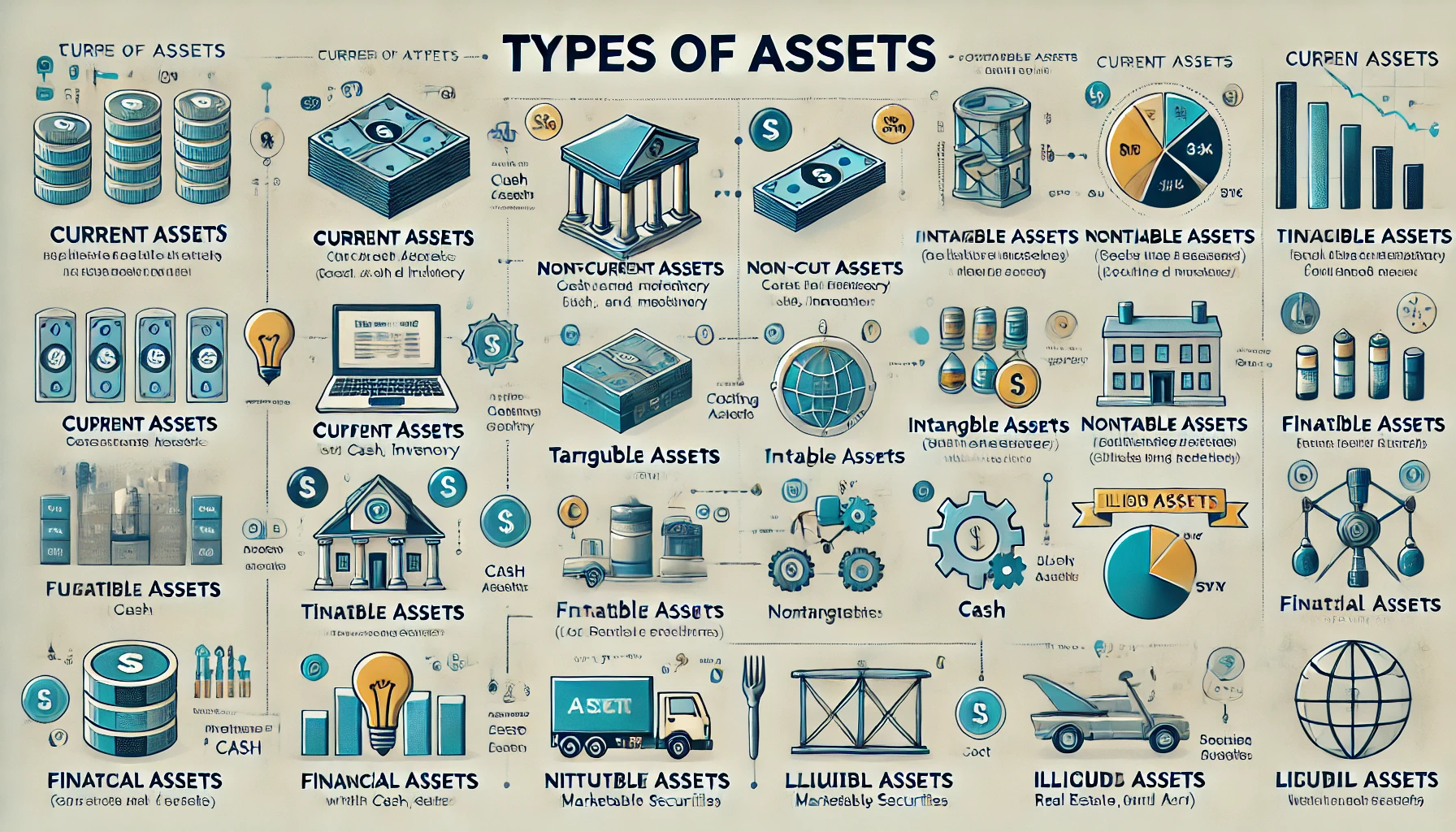
More like this
Recommendations from Medial
Tushar Aher Patil
Trying to do better • 1y
Day 7 About Basic Finance and Accounting Concepts Here's Some New Concepts 8. Liquid Assets Easily convertible into cash without a significant loss in value. Examples: cash, cash equivalents, and accounts receivable. 9. Illiquid Assets Assets
See More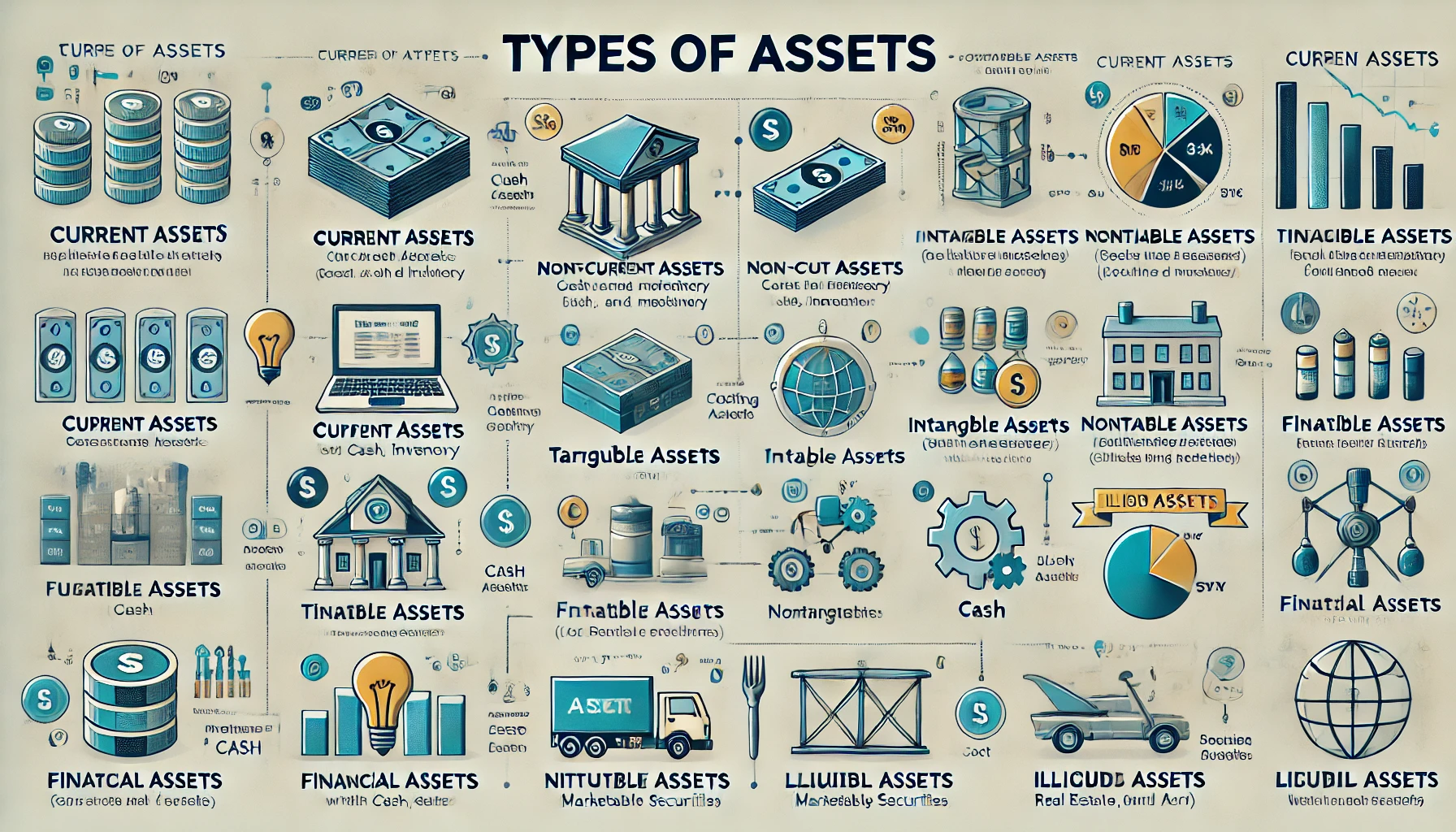
Tushar Aher Patil
Trying to do better • 1y
Day 9 About Basic Finance and Accounting Concepts Here's Some New Concepts 2. Non-Current (Long-Term) Liabilities Non-current liabilities are long-term debts that are due beyond one year. These are generally used to fund large purchases or investme
See More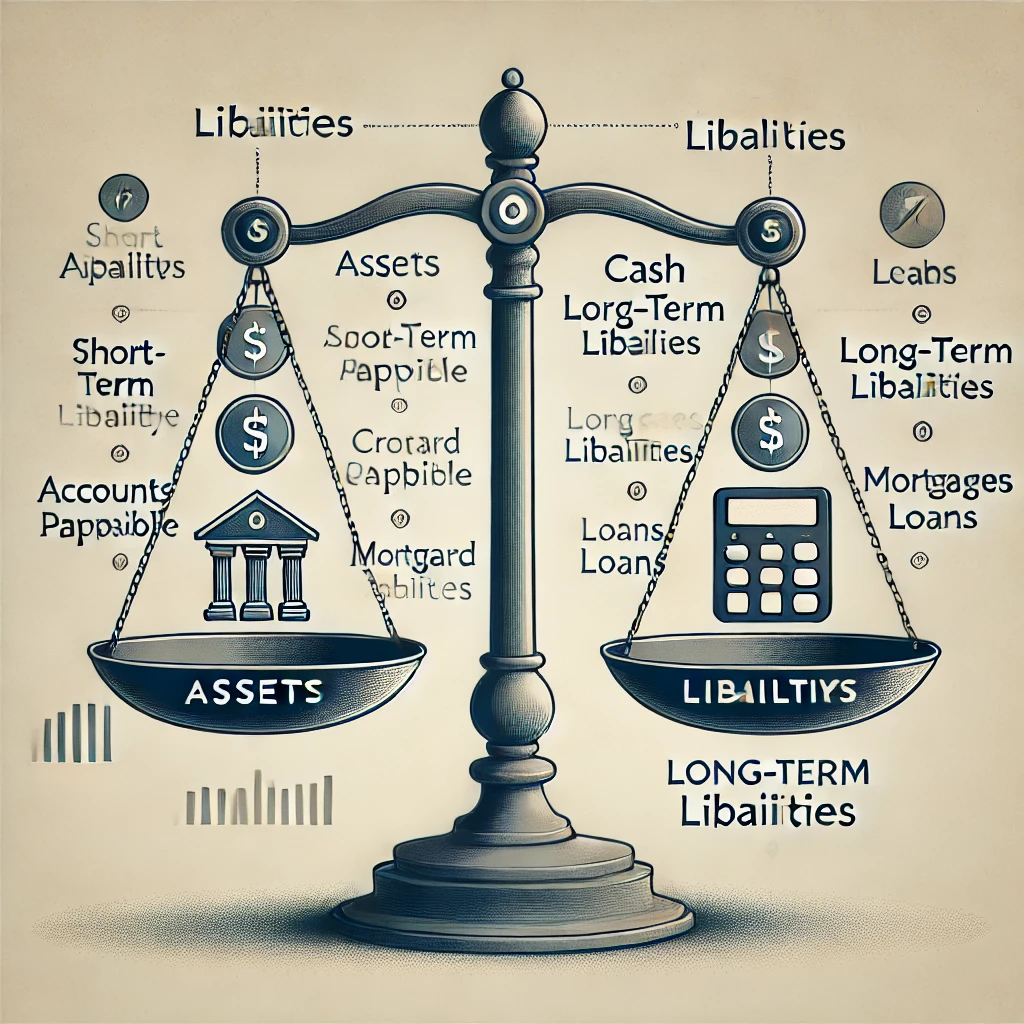
Tushar Aher Patil
Trying to do better • 1y
Day 8 About Basic Finance and Accounting Concepts Here's Some New Concepts In finance, Liabilities represent obligations or debts that an individual or organization owes to others. They indicate an outflow of resources, either cash or services, that
See More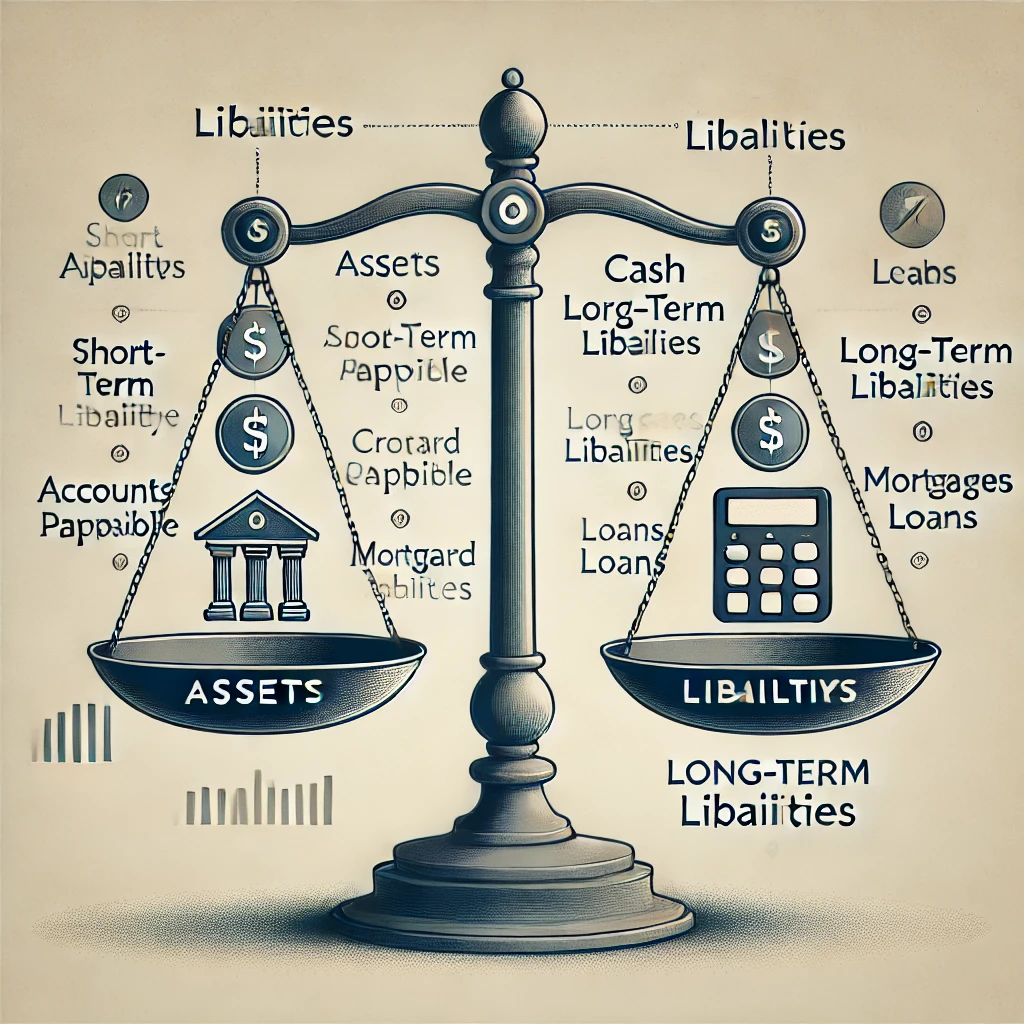
Tushar Aher Patil
Trying to do better • 1y
Day 6 About Basic Finance and Accounting Concepts Here's Some New Concepts 3. Tangible Assets Physical assets that have a physical form and can be touched. Examples: machinery, real estate, vehicles, inventory, and office supplies. 4. Intangibl
See More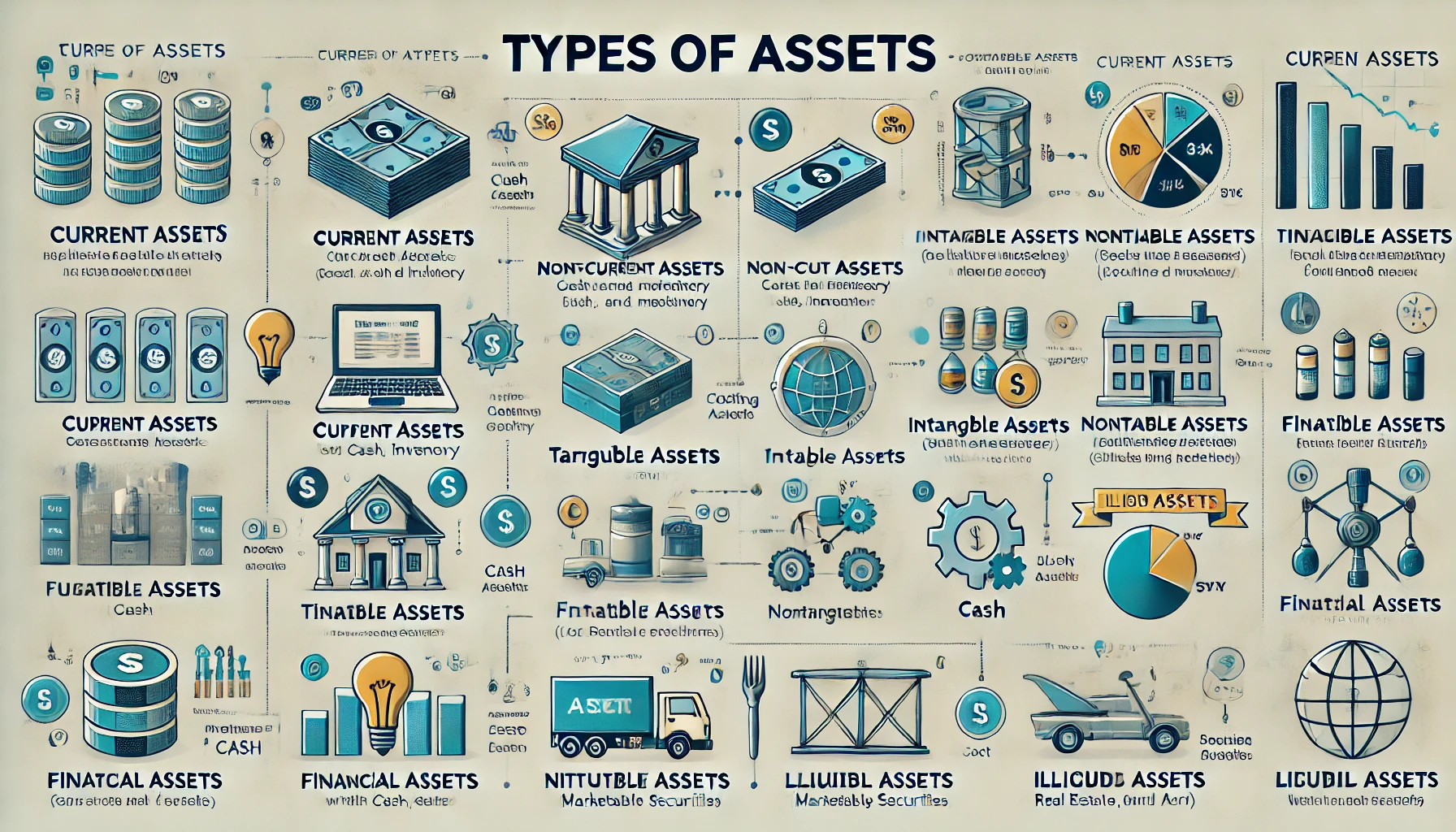
Anirudh Gupta
CA Aspirant|Content ... • 6m
Daily dose of financial ratios by Anirudh Gupta Quick ratio: =Quick assets/Current liabilities Where quick assets means, (current assets-inventory) Purpose: -Unlike the current ratio (as we have discussed in the previous post), the quick ratio s
See MoreAnirudh Gupta
CA Aspirant|Content ... • 6m
Daily dose of financial ratios by Anirudh Gupta Current ratio: =Current assets/current liabilities Purpose: -To evaluate the company's short-term financial health and liquidity. -This ratio tells us whether the company can meet its short term ob
See MoreGangesh Rameshkumar
Figure it out • 6m
Fellas, I'm doing a self-post challenge where I'm going to explain a business term briefly every day Today's term: Assets Assets are resources that are owned by a company that provide economic value and future benefits such as generating income, im
See MoreTushar Aher Patil
Trying to do better • 1y
Day 10 About Basic Finance and Accounting Concepts Here's Some New Concepts 3. Contingent Liabilities Contingent liabilities are potential obligations that may arise depending on the outcome of a future event. These liabilities are not always guar
See More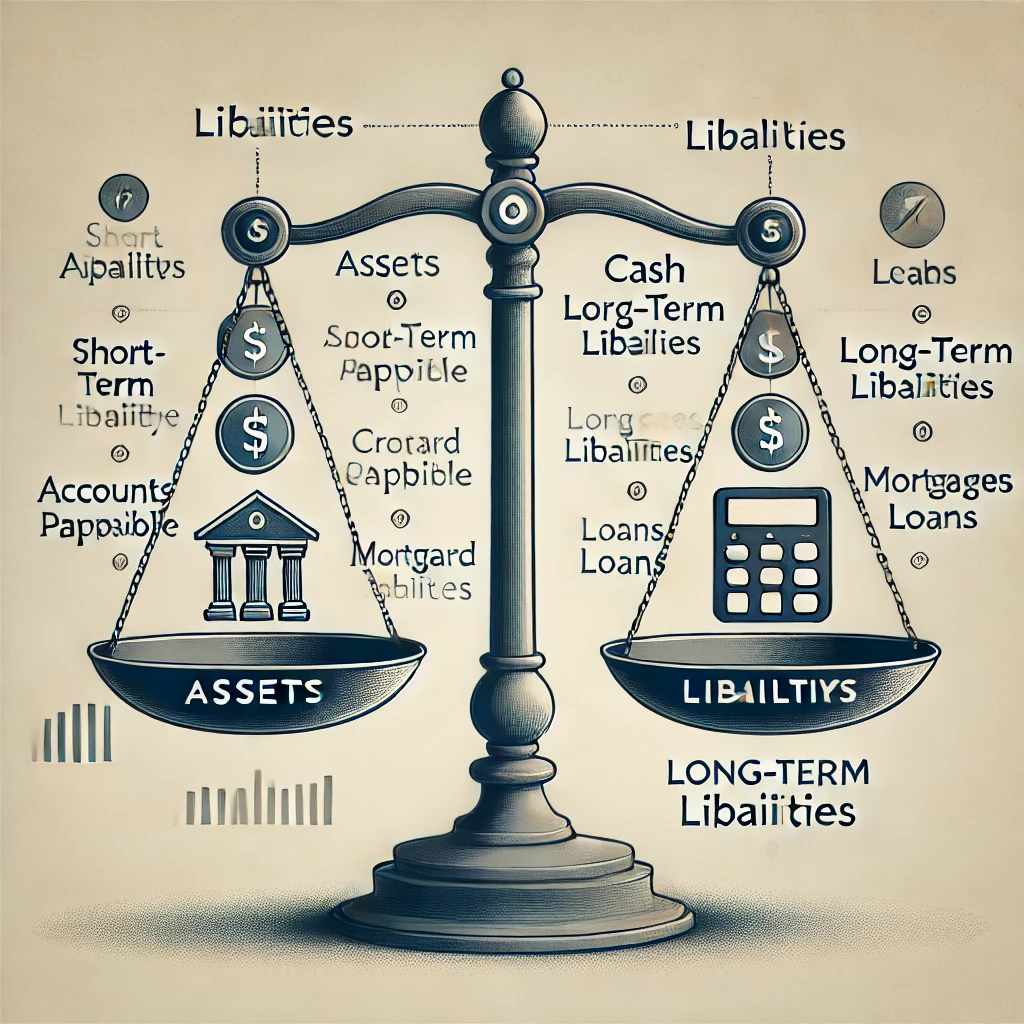
Download the medial app to read full posts, comements and news.

